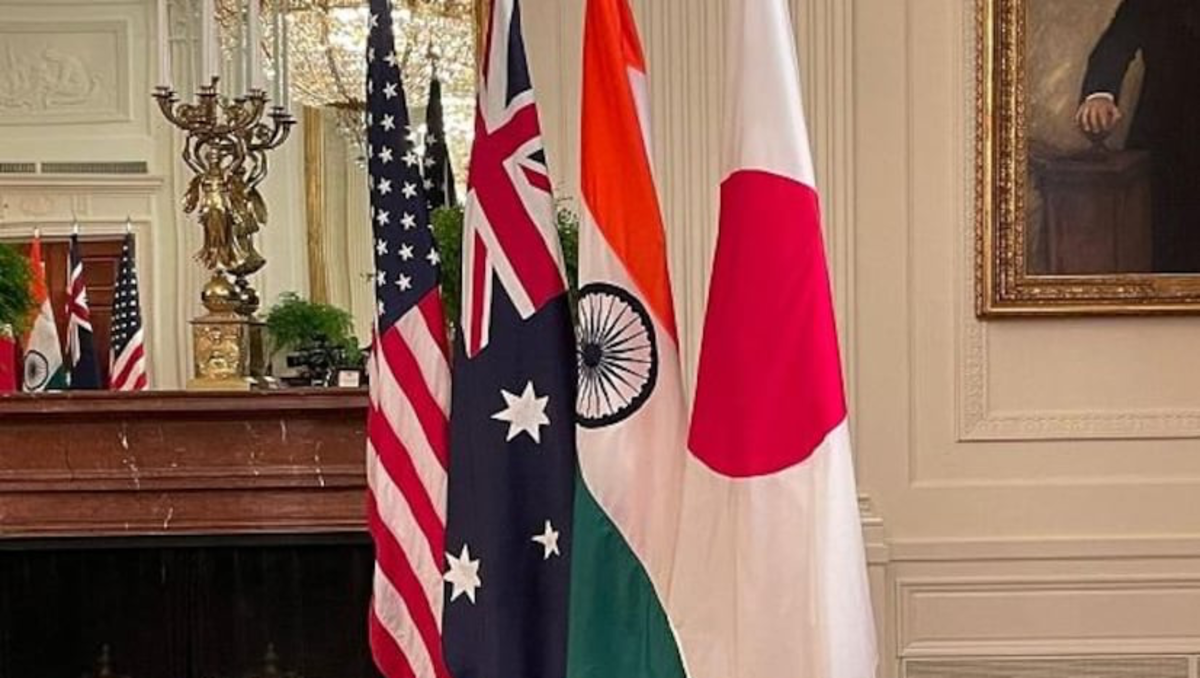External Affairs Minister S Jaishankar on Friday said Indo-Pacific is a concept that has been “readily embraced” by many and “contested by few.” In his address at the Hudson Institute in Washington DC on Friday, the Minister said the concept of Indo-Pacific is something that has gained ground.
India co-hosted the 13th Indo-Pacific Armies Chiefs Conference with the US on 25th September. The Defence Minister of India said “India always stood for a free, inclusive, rules-based Indo-Pacific region”. The central theme of this forum was “Together for Peace: Sustaining Peace and Stability in the Indo-Pacific Region”.
Evolution of the Indo-Pacific
The Indo-Pacific has evolved from a conceptual framework to a geostrategic and geoeconomic location against the backdrop of China’s exceeding economic clout and its hegemonic ambitions in the region which threaten the US’ position. The emerging trends in geopolitics of the region have gained momentum due to Beijing’s belligerence which manifests both in economic and military domains. Beijing’s irrational pursuits in the South China Sea, claims over Japanese islands, violation of Taiwanese territorial integrity and military standoffs with India have given rest to the thesis that ‘China’s rise is peaceful’. China’s security design for the region is pronounced in its New Asian Security Concept (NASC) launched by Xi Xingping in 2014. The concept envisions the Asian security architecture to be exclusively Asian and endorses non-involvement of the US.
India’s tryst with the Indo-Pacific
The Indo-Pacific is the global hub of trade and energy supplies, India is positioning itself as an economic and security actor in the region. India’s reluctance to embrace Indio-Pacific conceptually as well as strategically was challenged by China’s growing assertiveness and expansionism. India’s role in the Indo-Pacific animates from the previously released Look East Policy which was updated by Modi Government’s Act East Policy extending its security dimensions. China’s flagship project BRI has CPEC passing through Indian territory, the standoff at Doklam in 2017, its forays into the Indian Ocean and strategic capital investments by China in India’s neighbourhood forced New Delhi to adopt a concerte posture for the Indo-Pacific. India’s vision of the region is in line with the Quad’s agenda of free and open Indo-pacific. The Quad nations view the Indo-Pacific as an inclusive, peaceful, stable and secure region with respect for sovereignty of the pacific states.

India as Economic and Security Actor in the Indo-Pacific
India in a bid to position itself as an economic actor in the region has kicked off several initiatives to strengthen the supply chains and cross border infrastructure development etc. India tends to foster greater economic integration of the region through its initiative SAGAR. GOI launched IDEAS to provide Lines of Credits to further the development rather than create dependency. However, India’s efforts have fallen short to provide an economic architecture to the region as the Indo- pacific countries are intensively integrated into the Chinese economy. The defining mega-regional trade agreement RCEP lost out on India. Beijing is an economic behemoth and India is yet to push above its weight!
The tsunami of 2004 was an awakening point for the littoral states of the Indian Ocean. The disaster opened the case for collaboration at the maritime front as the Indian navy faced interoperability issues in providing assistance. Since then India championed maritime capacity building through initiatives like IORA and Coalition for Disaster Resilient Infrastructure. Assuming the role of net security provider in the region, India has supplied maritime defence equipment to Vietnam, Malaysia, Myanmar, Philippines and is about to set its flagship Brahmos missile for sale to Philippines and Vietnam. In the wake of strategic autonomy India remains apprehensive of being perceived as an alliance partner of the United States, nevertheless starting off from US-India Joint Strategic Vision for the Asia-Pacific and Indian Ocean Region in 2015, New Delhi has significantly deepened its defence ties with the US.
Quad and the Indo-Pacific
The post Covid world has witnessed the resurrection of Quad as the member countries have more strategic clarity than ever before. Quad can be viewed as a potential driver in rewriting the regional security architecture and extending the rules-based world order deeply into the region. The Quad as initially designed by the Japanese is spirited towards the comprehensive coupling of ‘the two seas’, the Pacific and the Indian Ocean. The four member grouping of powerful economies and military could be perceived antithetical to the idea of ASEAN centrality as it covertly aims to contain China by overhauling the security arrangements in the region and underscores the limits of ASEAN!



